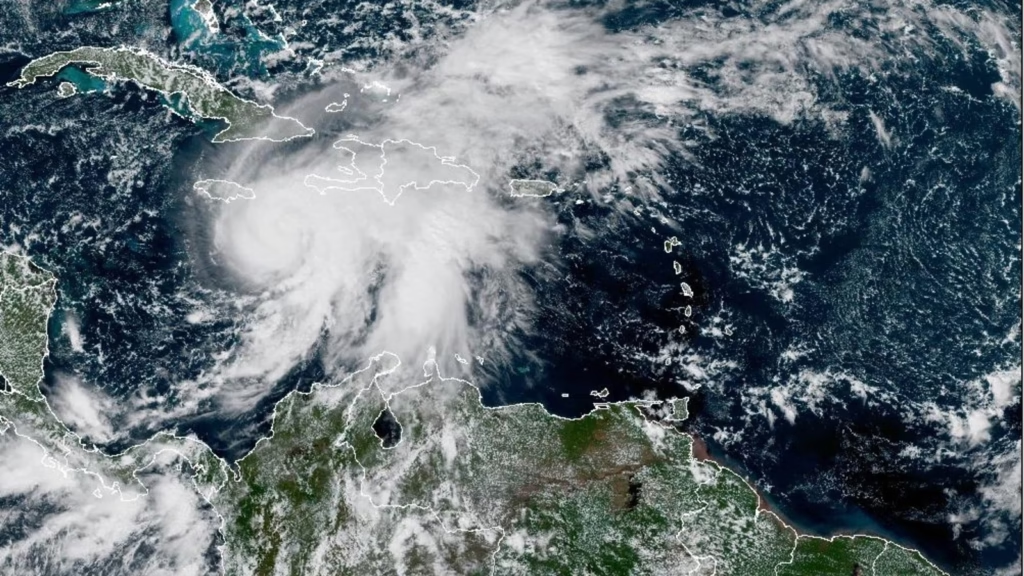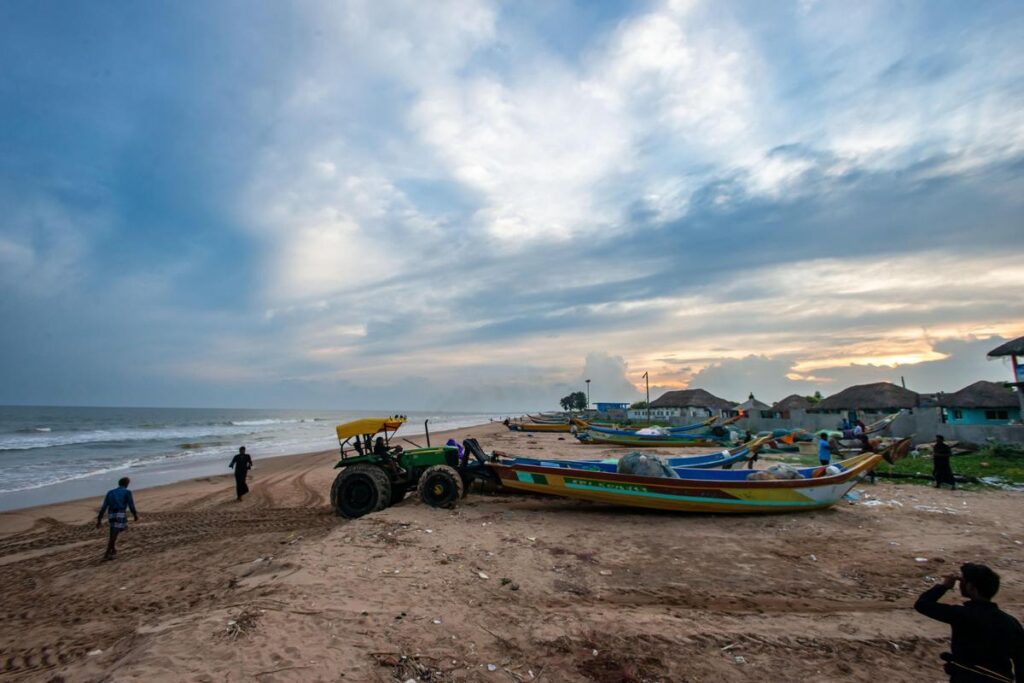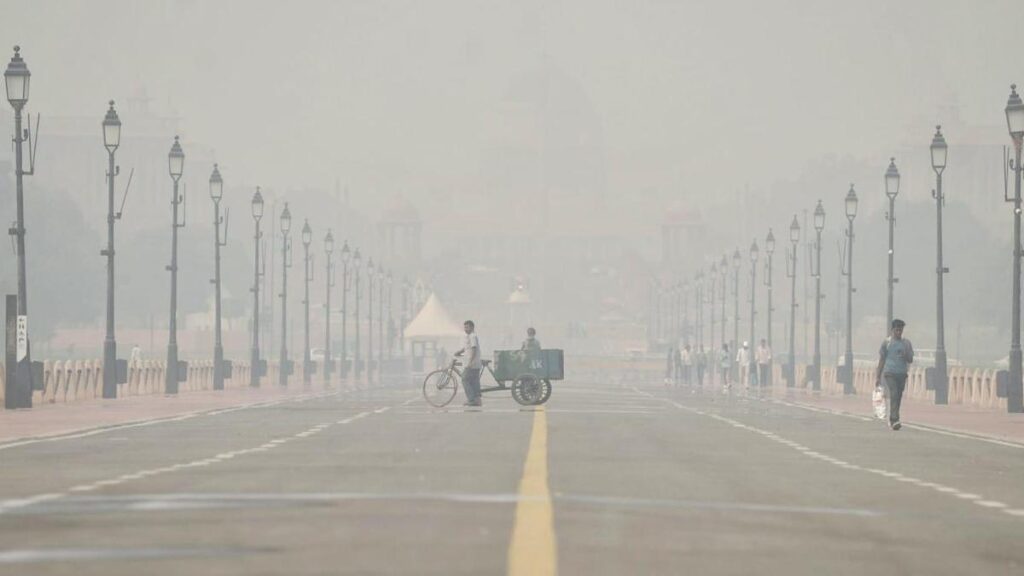Now Reading: Himachal Pradesh Hit Hard by Relentless Rains: 37 Lives Lost, ₹400 Crore Damage Reported
-
01
Himachal Pradesh Hit Hard by Relentless Rains: 37 Lives Lost, ₹400 Crore Damage Reported
Himachal Pradesh Hit Hard by Relentless Rains: 37 Lives Lost, ₹400 Crore Damage Reported

Heavy rainfall in Himachal Pradesh over the past few days has led to widespread destruction, claiming at least 37 lives and damaging property worth over ₹400 crore. Roads, homes, and essential infrastructure have taken a major hit, leaving thousands stranded and emergency services stretched. As the monsoon intensifies, the state faces growing challenges in rescue, relief, and recovery operations.
Widespread Damage Across the State
Landslides, flash floods, and collapsing buildings have caused chaos across multiple districts including Mandi, Kullu, Shimla, and Chamba. Key highways have been blocked and several bridges washed away, cutting off access to interior regions. Power outages and communication disruptions have further complicated the response efforts.
Loss of Life and Livelihood
Among the 37 casualties reported, many include people buried under debris or swept away by overflowing rivers. In rural areas, agricultural land has been destroyed, hitting local farmers already coping with economic stress. Small businesses in towns like Solan and Bilaspur have also suffered severe losses, as shops and warehouses were flooded within hours.
Efforts Underway to Restore Normalcy
The state government has deployed NDRF teams and army units for rescue operations. Helicopters have been used to evacuate people from remote villages. Relief camps have been set up, but officials admit that the scale of destruction is making it difficult to reach everyone on time. Restoration of road connectivity and power supply remains a top priority.
Tier 2 Cities and Hill Towns on Alert
Cities like Dharamshala, Palampur, and Sundernagar have been warned of potential landslides as rainfall continues. For many Tier 2 hill towns that depend heavily on tourism and agriculture, the damages threaten both short-term safety and long-term income. Local administrations are urging people to avoid unnecessary travel and remain alert.
Climate Concerns and Changing Patterns
Experts note that extreme weather events are becoming more frequent in hilly regions, often catching residents off guard. Unregulated construction, deforestation, and poor drainage systems make such areas more vulnerable. The current crisis highlights the urgent need for sustainable planning in ecologically sensitive zones.
Conclusion
The rains in Himachal Pradesh have once again exposed the fragile balance between nature and human development in India’s hill states. While rescue operations continue, the larger task ahead lies in rebuilding lives, infrastructure, and trust in systems meant to protect people from such recurring disasters. For Tier 2 cities and hill towns across India, this is both a warning and a wake-up call.

























